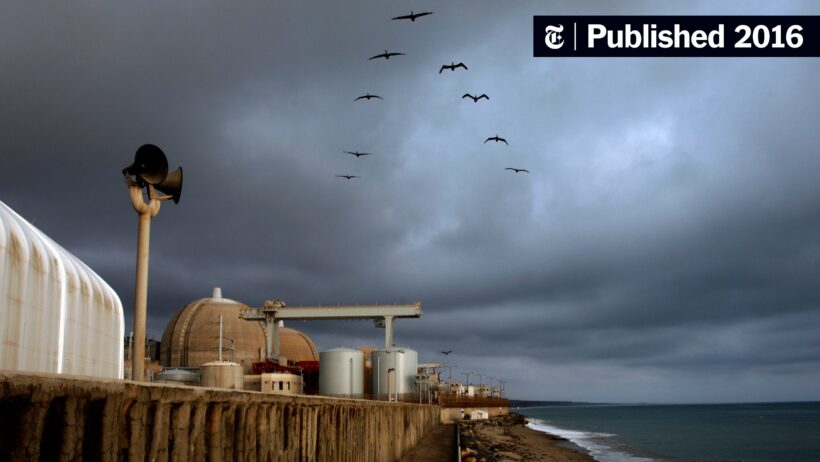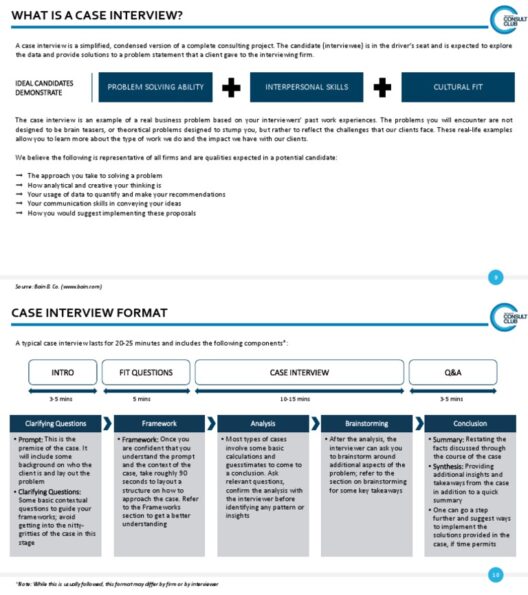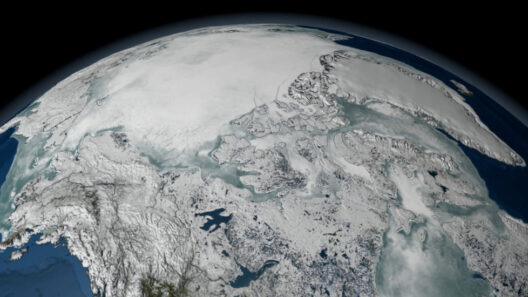The quest to tackle climate change has led to various audacious and, at times, bizarre propositions. One such idea that lingers in the recesses of radical environmental discussions is the notion that nuclear blasts or small-scale wars could inadvertently reverse global warming. To many, this may sound like a plot contrived in a post-apocalyptic film, yet it bears an intriguing kernel of thought. The perspective begs the question: Can the very instruments of destruction serve as a solution to the existential crisis of our era?
To understand this argument, one must first delve into the mechanics of global warming. The Earth’s average temperature is rising due to an unprecedented accumulation of greenhouse gases, primarily driven by human activities—emissions from vehicles, deforestation, and industrial processes. The resultant warming incites severe weather patterns, rising sea levels, and ecological devastation. The overarching question thus emerges: how can we dramatically reduce atmospheric concentrations of these pernicious gases?
One of the more provocative theories postulates that significant nuclear detonations, through their contributions to atmospheric changes, could alter climate dynamics. The concept centers around the idea of “nuclear winter,” a theory that suggests that widespread firestorms from nuclear blasts would inject vast quantities of soot and particulate matter into the atmosphere. This debris could, in turn, reflect solar radiation and lead to a temporary cooling effect. Some proponents argue that a well-placed nuclear explosion might cool the Earth sufficiently to counteract the effects of global warming.
However, this argument is fraught with complexities and potential consequences far beyond the intended effects. One might liken it to attempting to cure a stubborn liver ailment by inducing acute alcohol poisoning—while this radical approach might yield temporary relief, the long-term repercussions are wholly detrimental. The idea of deploying nuclear bombs as a means of climate control effectively trades one set of global crises for another.
Moreover, the ethical implications of orchestrating such devastation for the sake of climate intervention are staggering. The instigation of nuclear blasts, regardless of their intended climatic purpose, raises questions about human life, the environment, and the fabric of society itself. The collateral damage from such actions would invariably include loss of life, destruction of ecosystems, and long-lasting geopolitical strife. Wars, even small-scale ones, generate havoc on a level far beyond the immediate battlefield, perpetuating cycles of violence and retaliation that could undermine any potential benefits.
Compounding the narrative, we must grapple with the reality of nuclear arsenals. Rather than functioning as agents of mitigation, they symbolize a profound failure of international diplomacy and cooperative action. The point of launching a nuclear weapon, even for climate intervention, paves the way for global destabilization. Instead of conjuring visions of a cooler planet, it evokes fears of escalating tensions, arms races, and the potential for catastrophic miscalculation.
In an age that demands cooperative innovation and green technologies, recourse to such ancient instruments of war feels like a surrender to hopelessness. It reflects a failure to mobilize the collective human ingenuity and spirit necessary to tackle climate change through peaceful means. From renewable energy sources like solar and wind to advancements in carbon capture and storage, the panoply of potential solutions is vast and ever-expanding. These sustainable solutions are akin to the gentle yet persistent whisper of renewal, rather than the harsh roar of destruction.
Indeed, let us consider the metaphor of alchemy—the ancient pursuit of transforming base metals into gold. In our modern context, the challenge involves transmuting our dependence upon fossil fuels into a sustainable energy paradigm. True alchemy lies not in the detonation of bombs, but in the creation of a circular economy empowered by innovative energy solutions. Instead of annihilating, we ought to be figuring out how to harness, optimize, and regenerate.
As we navigate the treacherous waters of climate change discourse, it is imperative to foster a nuanced understanding of consequence versus intention. While the concept of harnessing destructive forces for climatic benefit may ostensibly address the symptoms of global warming, it fails to account for the deep-seated issues at play. An effective response relies on collaboration, political will, and moral courage, rather than resorting to irresponsible and catastrophic measures.
In the heart of this discussion lies another metaphorical prompt for reflection: the butterfly effect. Just as the flapping of a butterfly’s wings can create ripples across distant ecosystems, so too can our actions—both constructive and destructive—have far-reaching consequences. The sleek, elegant movement towards responsible innovation and proactive policies will engender a cascading series of positive outcomes. Conversely, the deliberate use of nuclear weapons to stave off climate catastrophe could set into motion a chain of irrevocable calamities.
Ultimately, the answer to the question of whether nuclear blasts or small wars can reverse global warming is a resounding no. These concepts lead us down a dark path that distracts from the urgency of the real work at hand. Instead of yearning for desperate measures that undermine our humanity, we must harness our collective creativity and determination to foster a sustainable future. The real battle against global warming signifies not a fight with weapons, but an alliance of communities, technologies, and dreams striving towards renewal and resilience.






